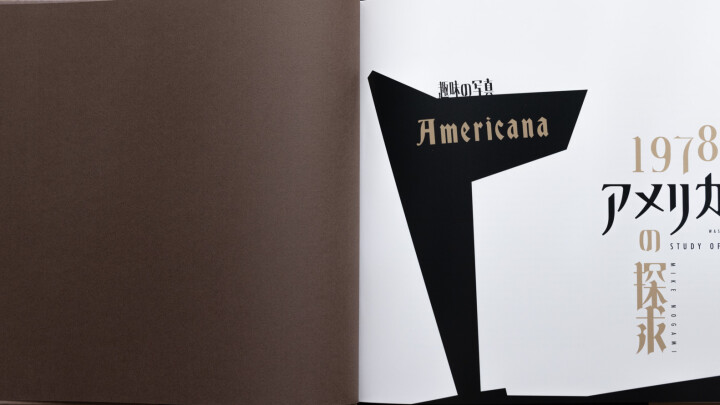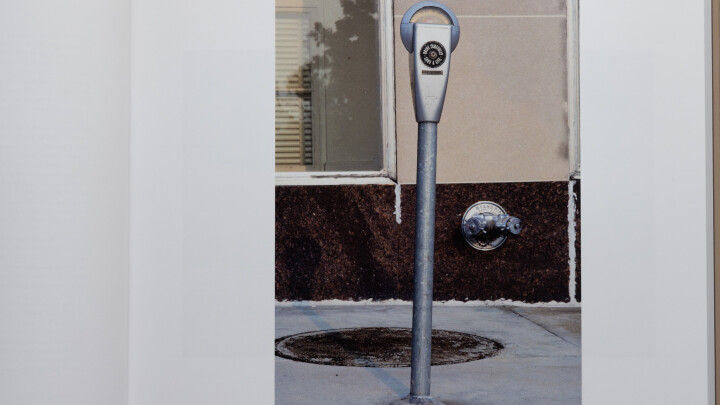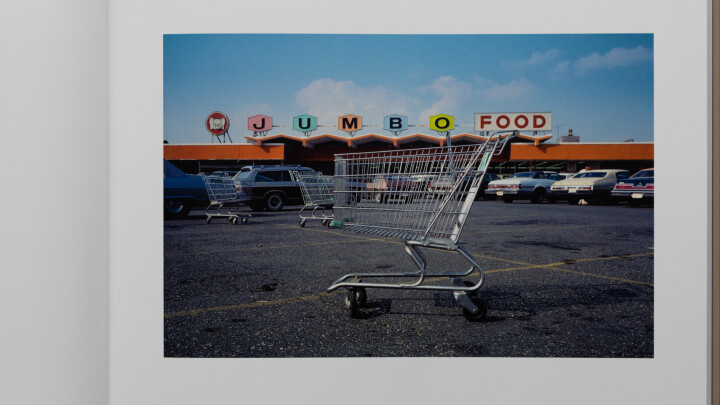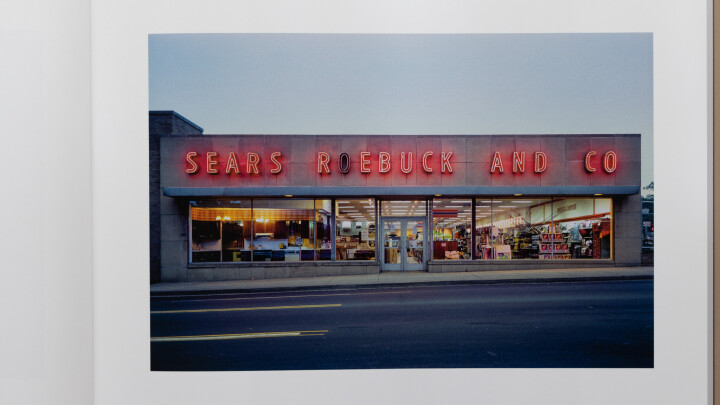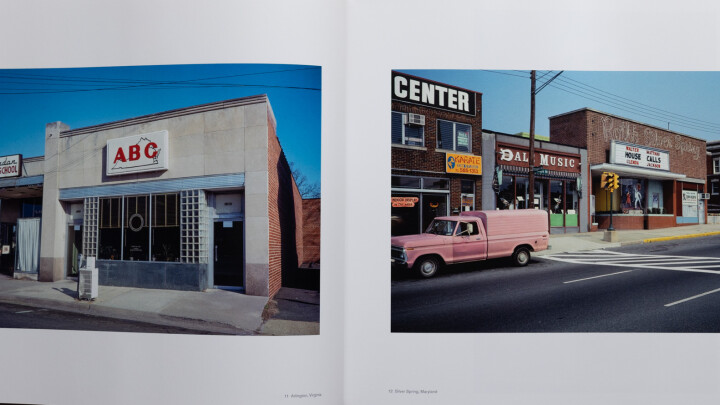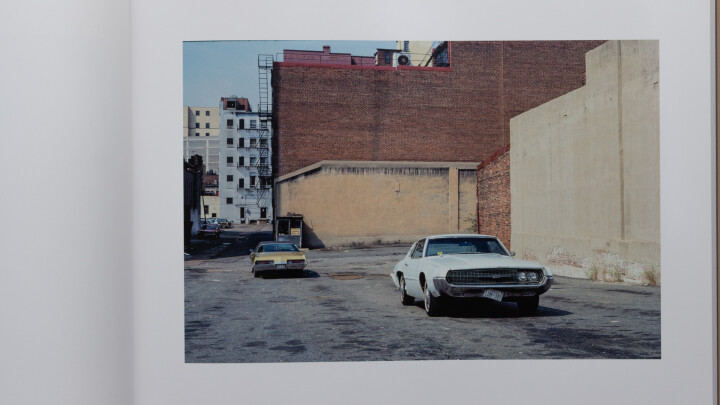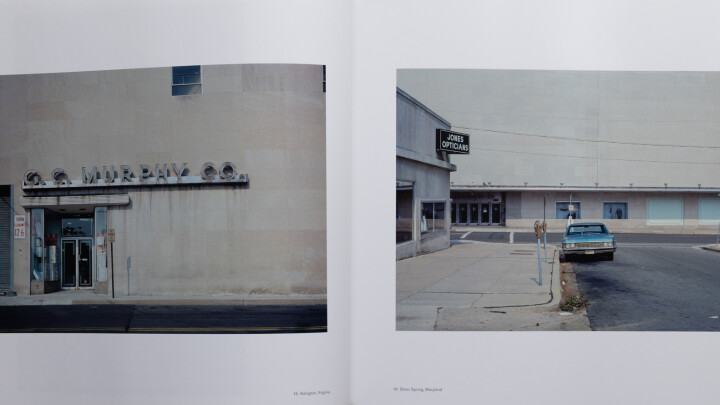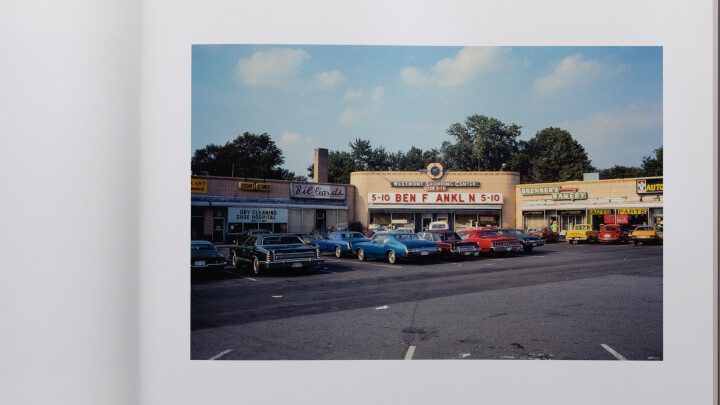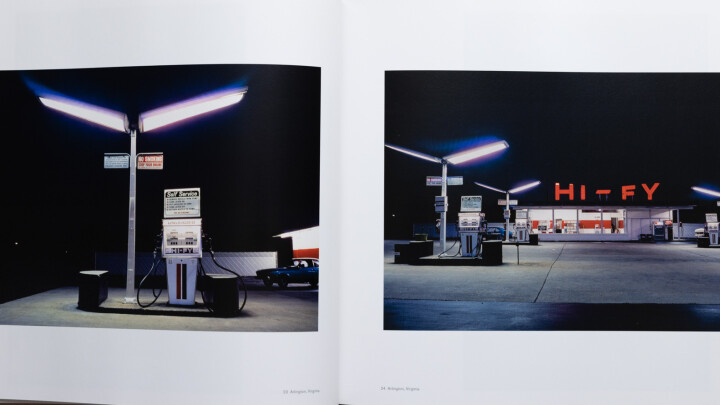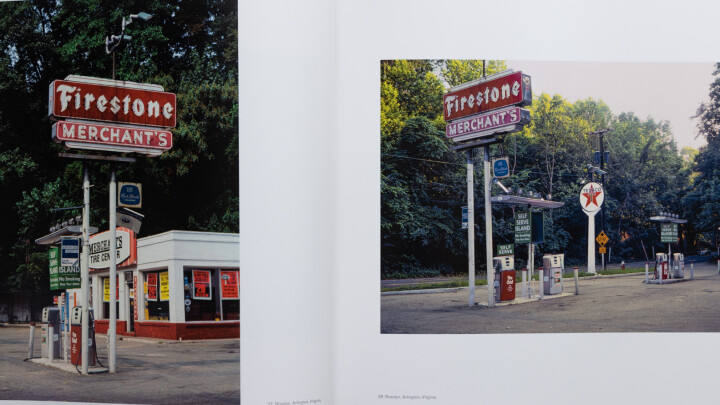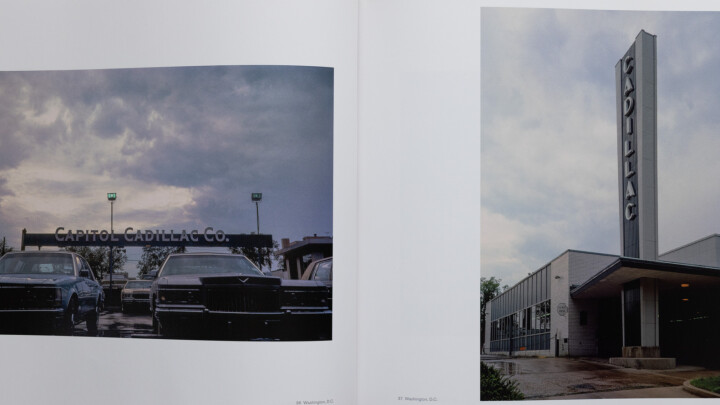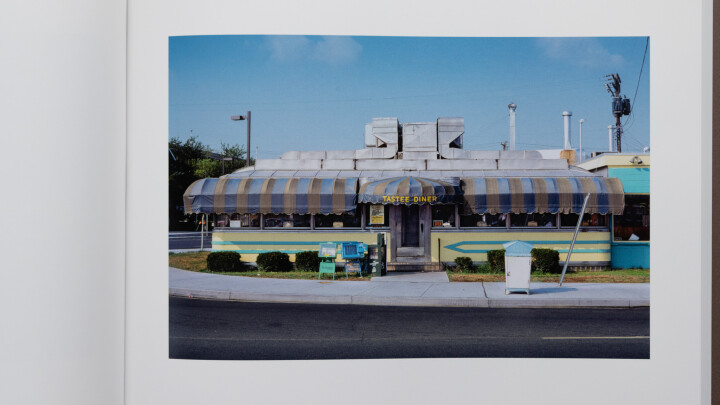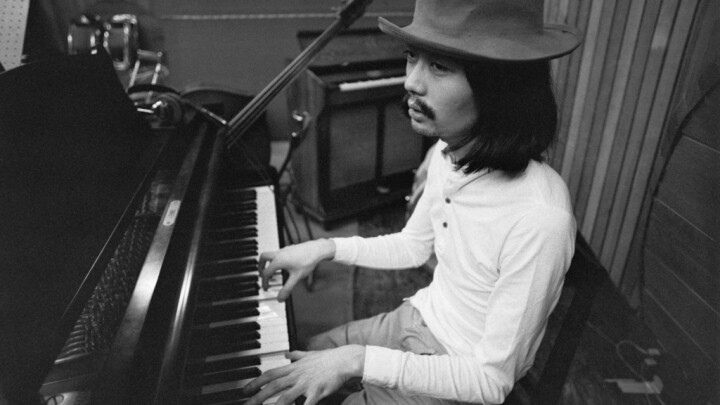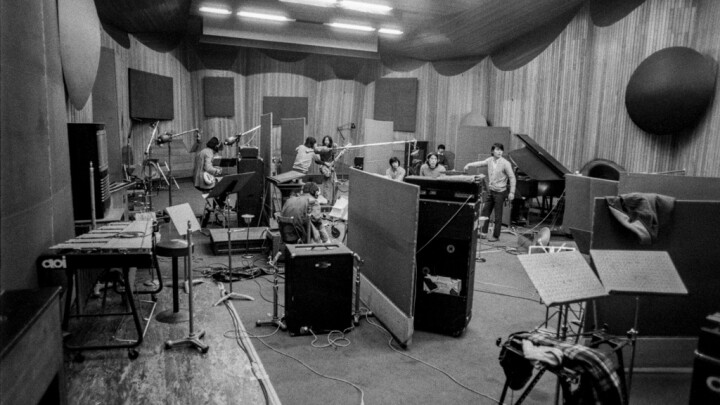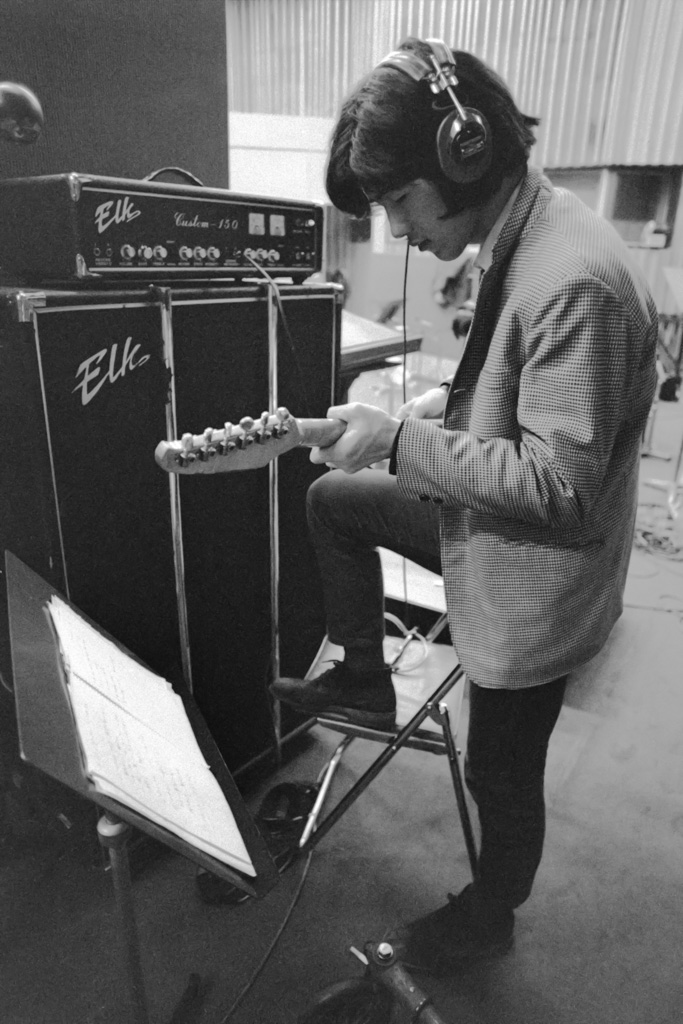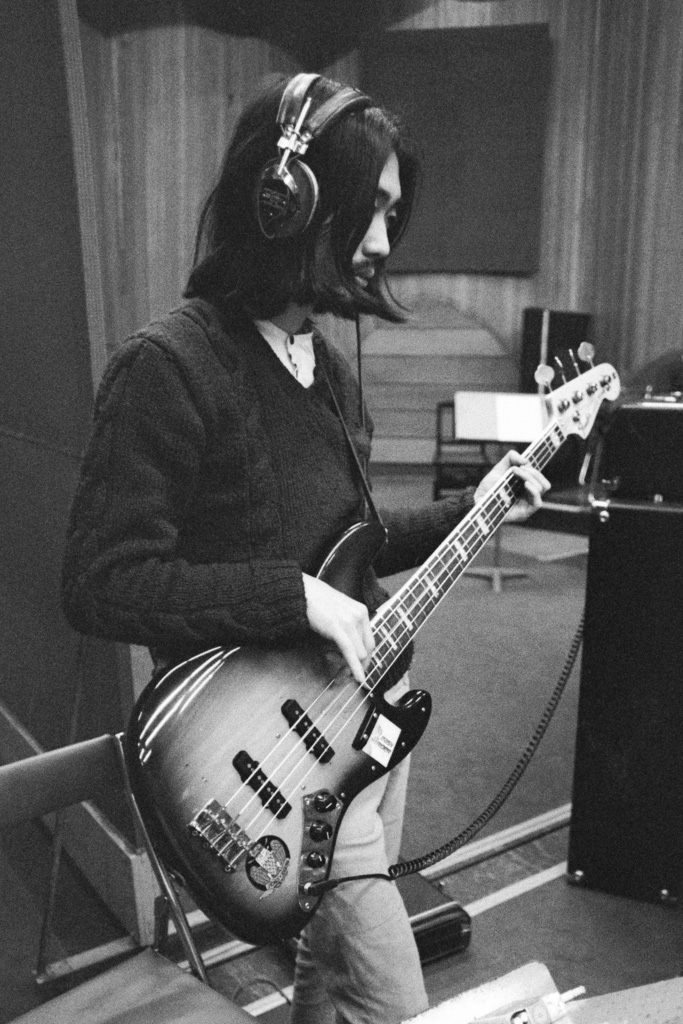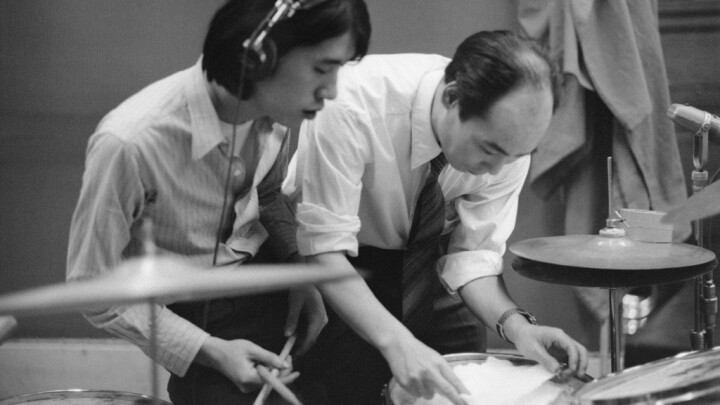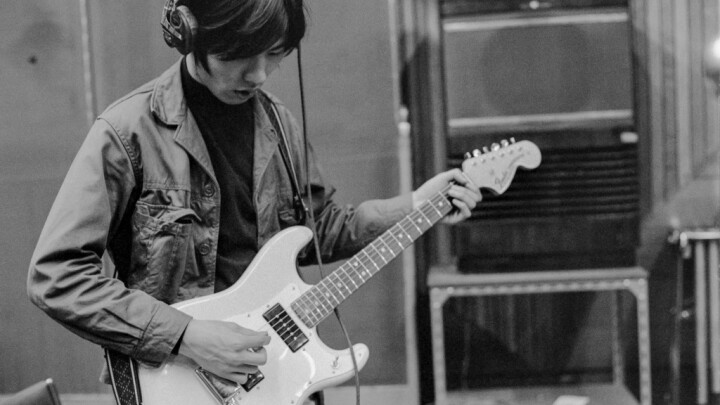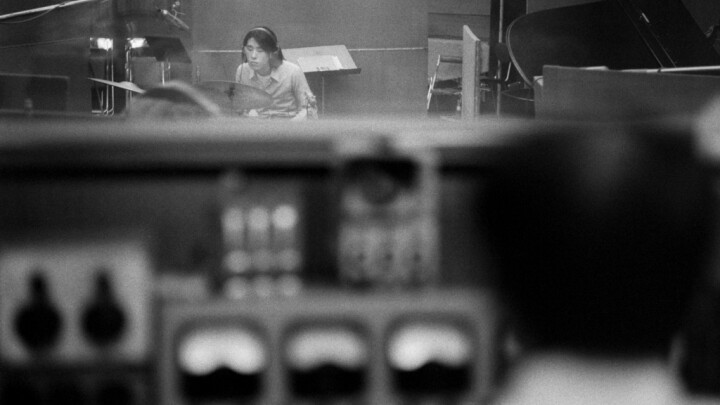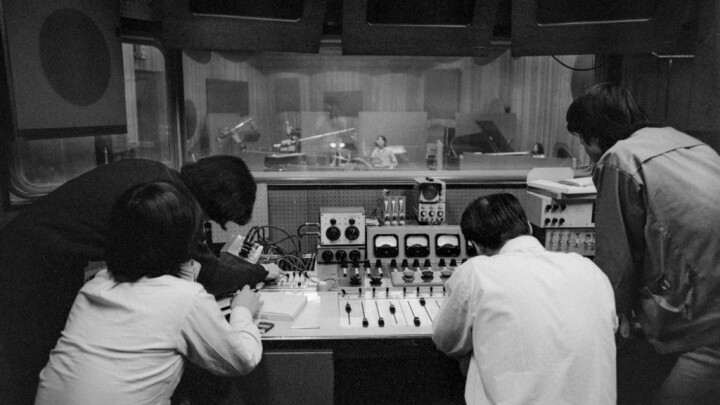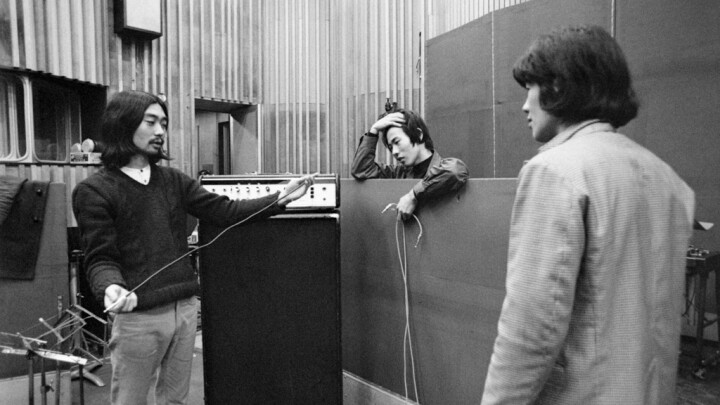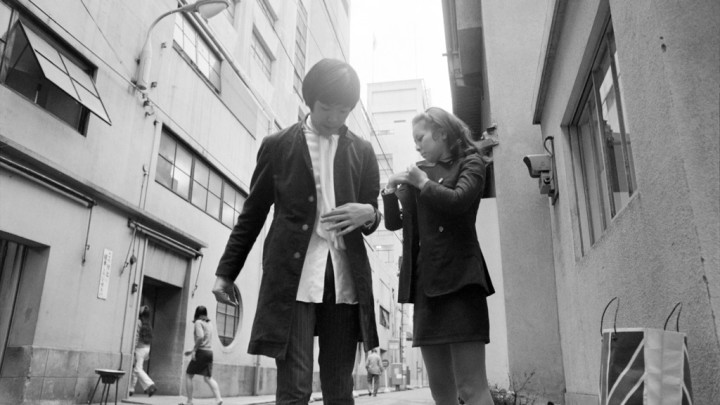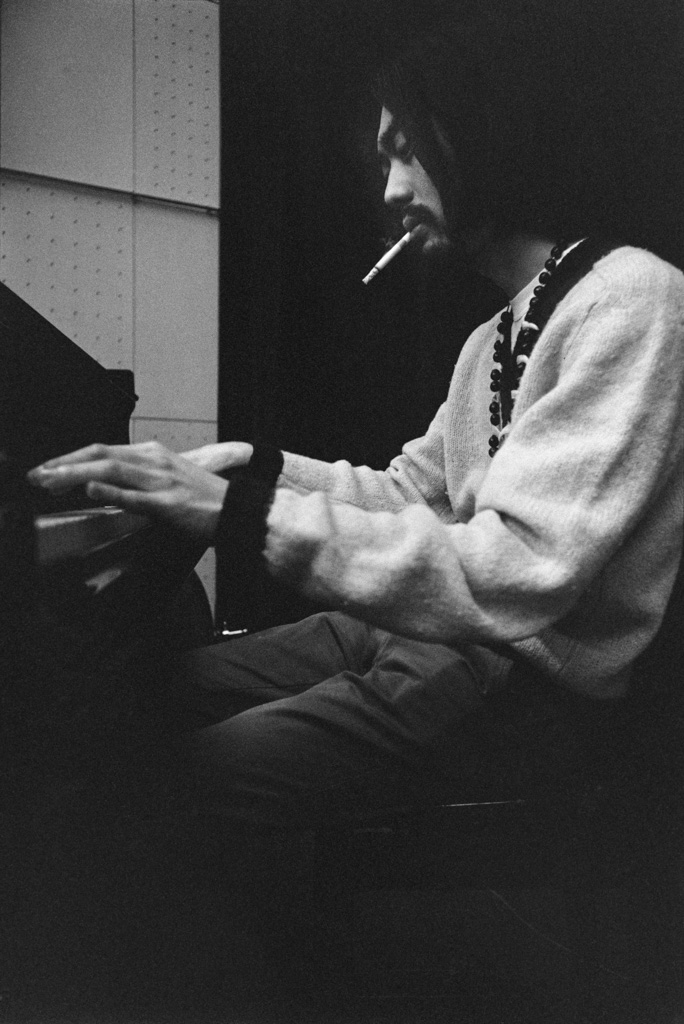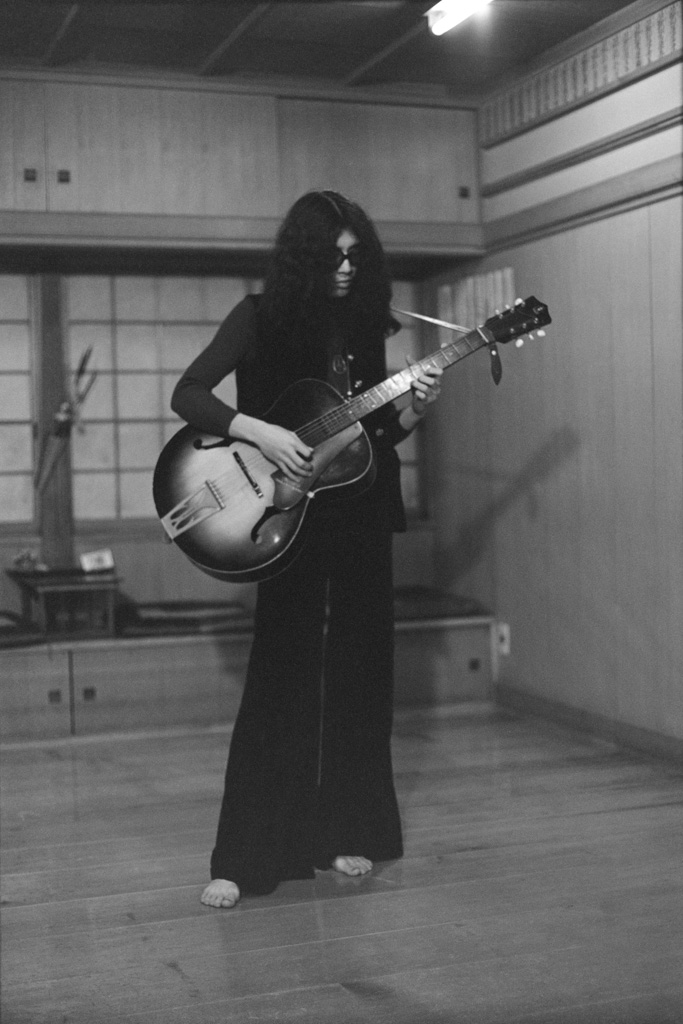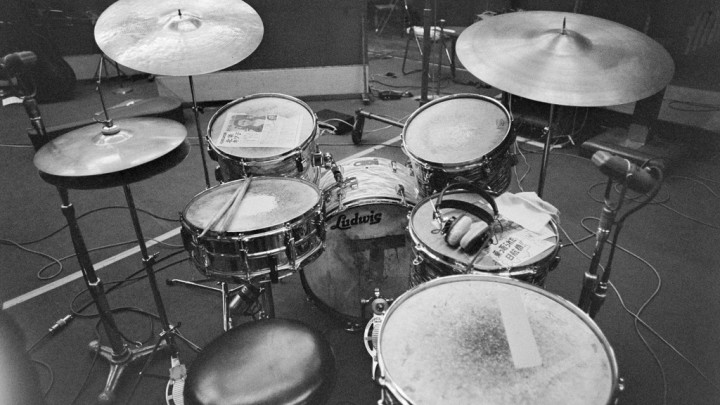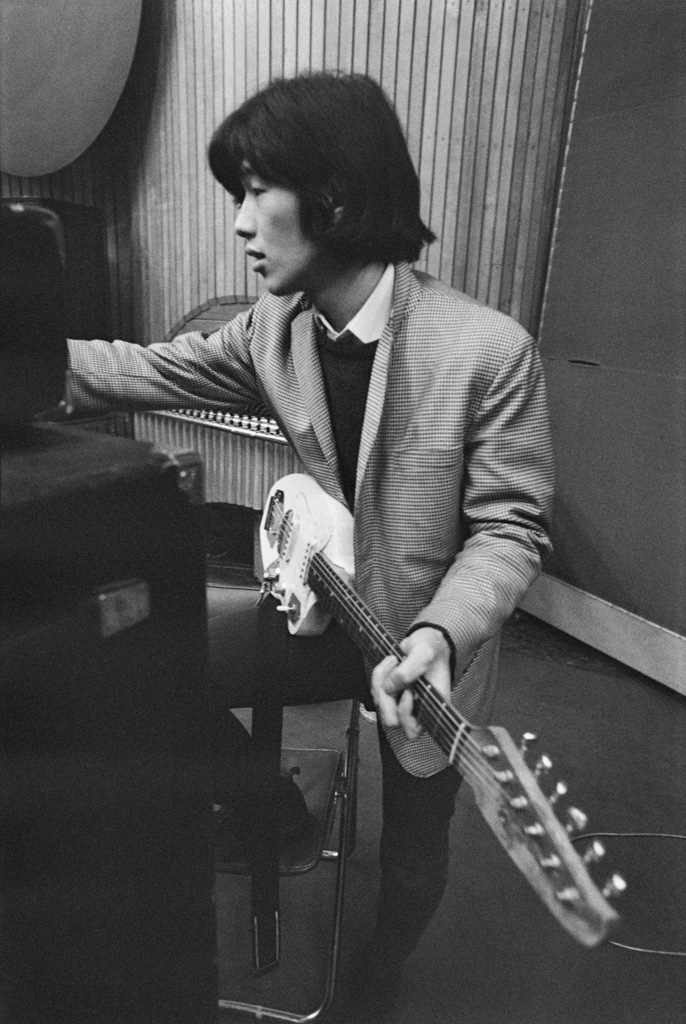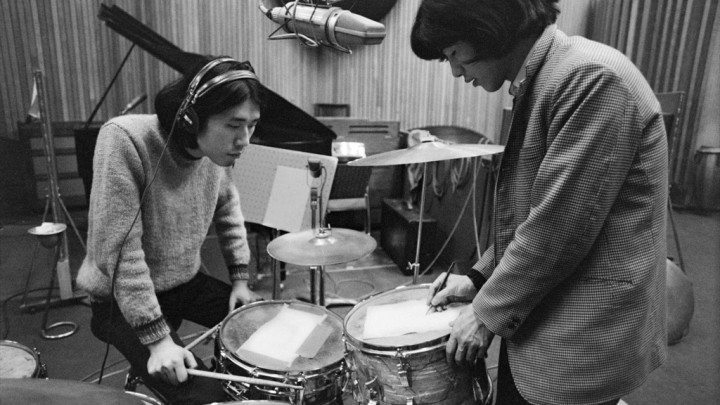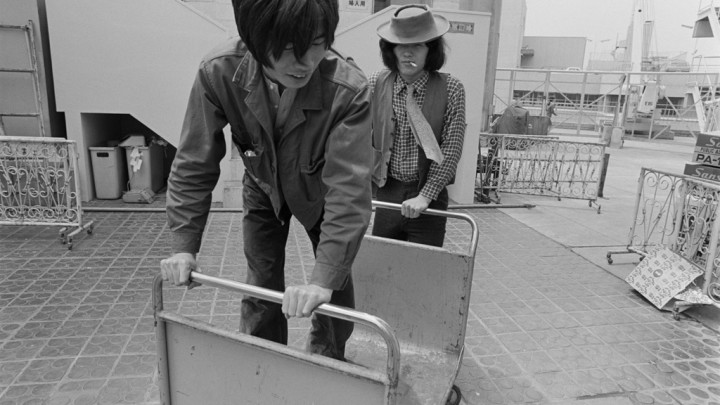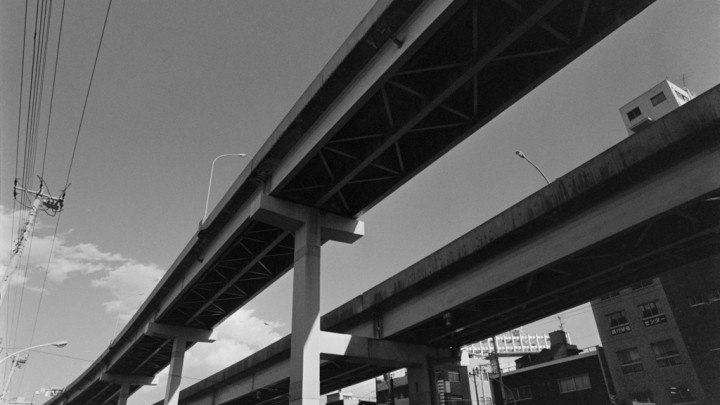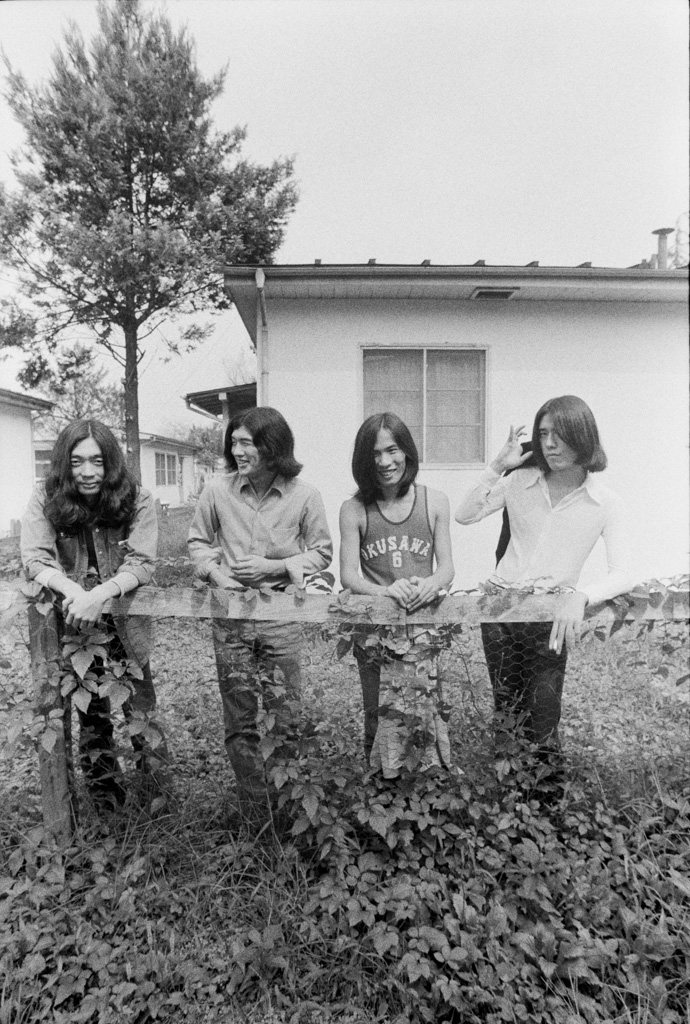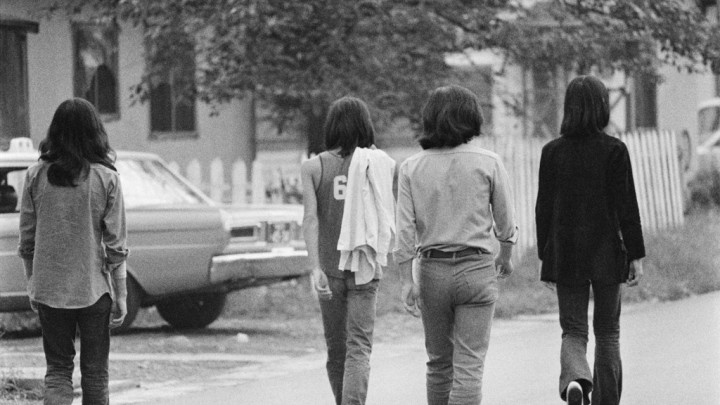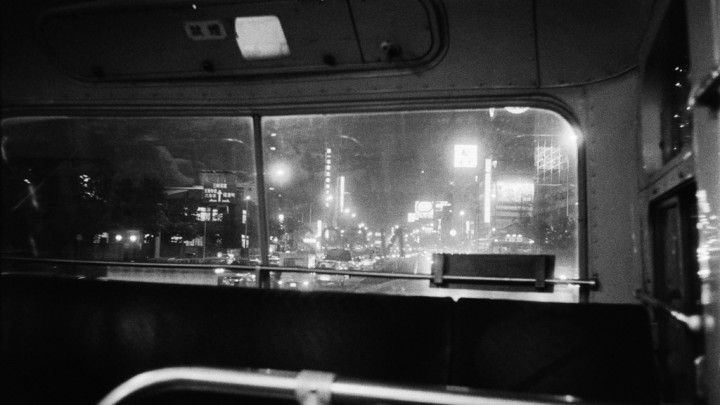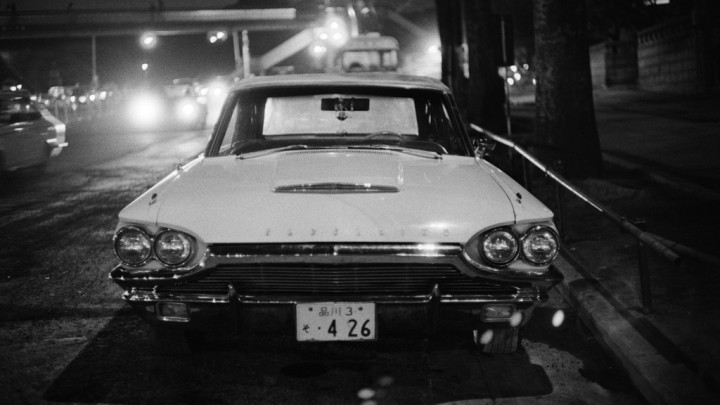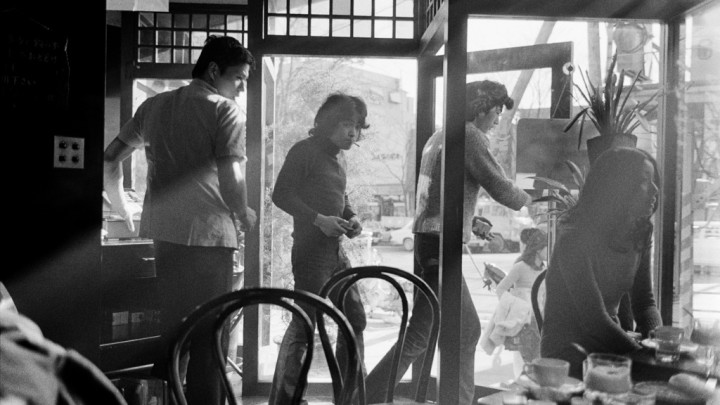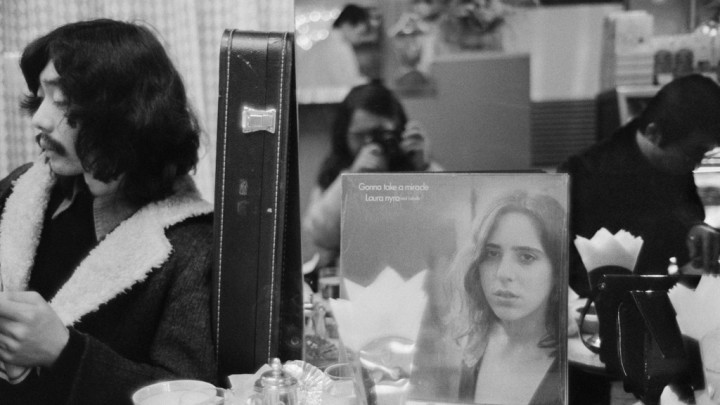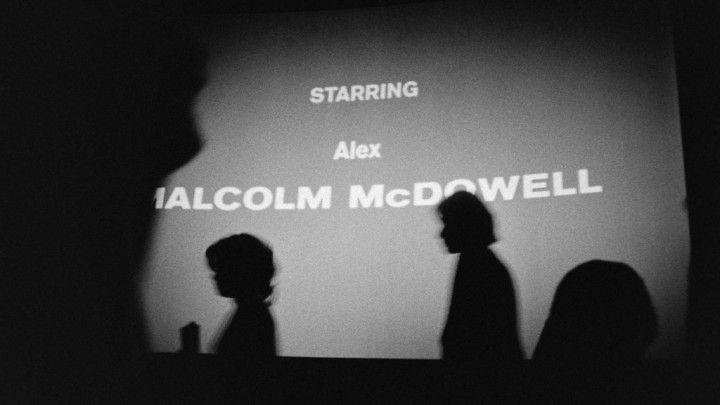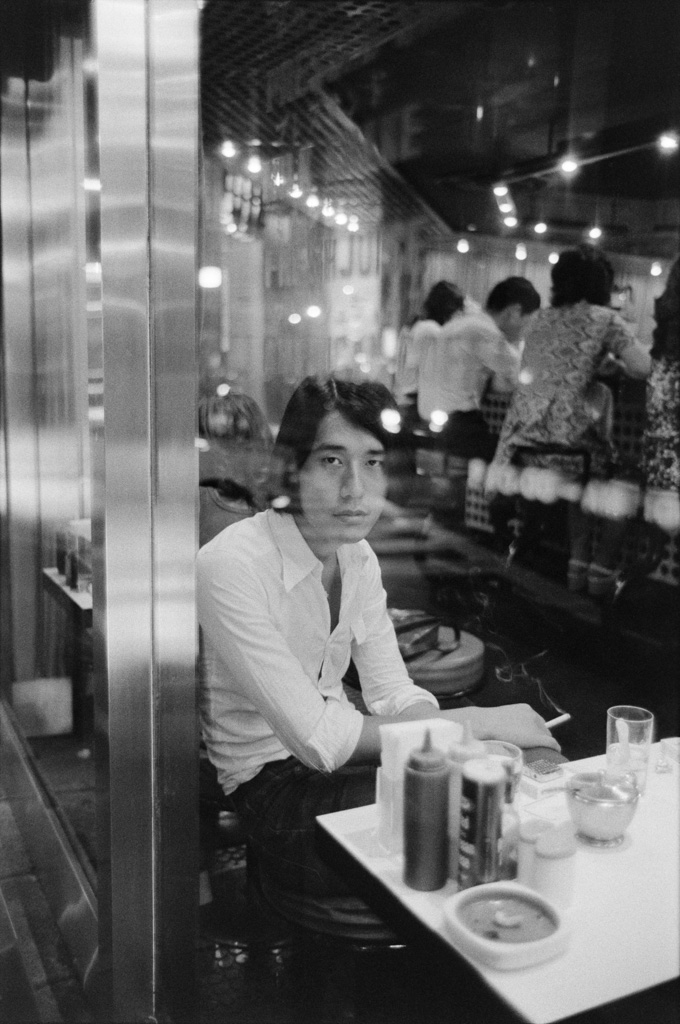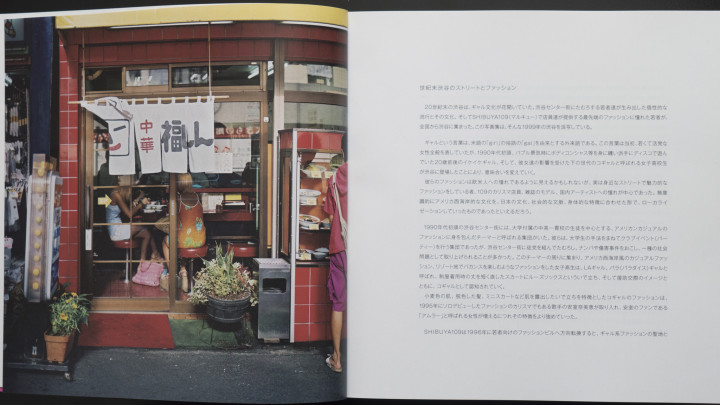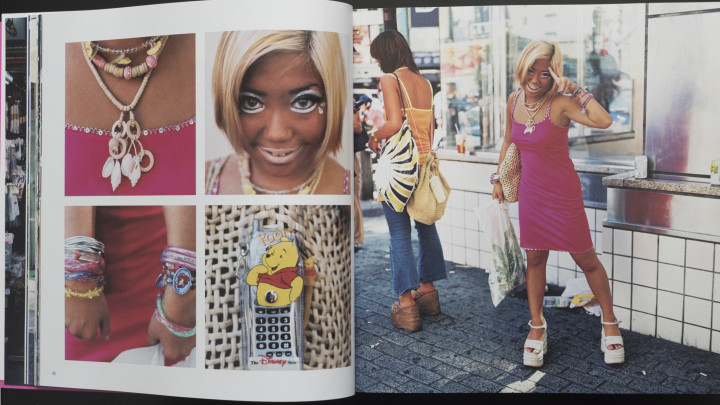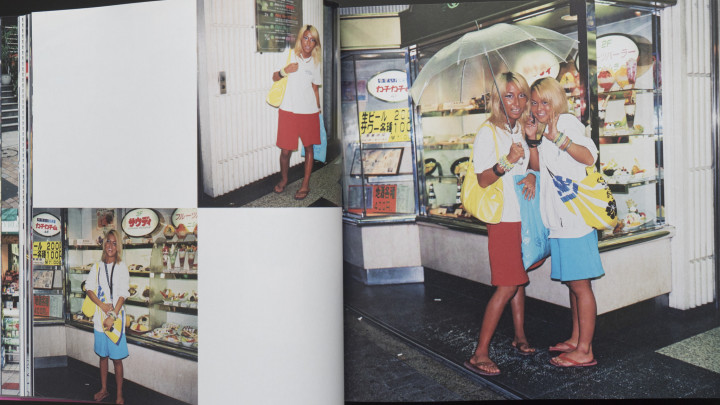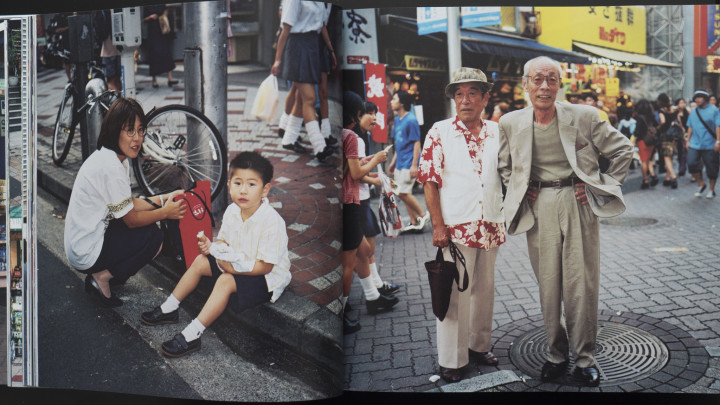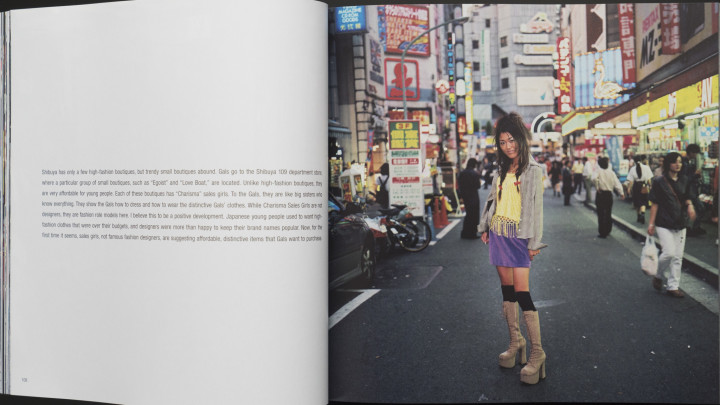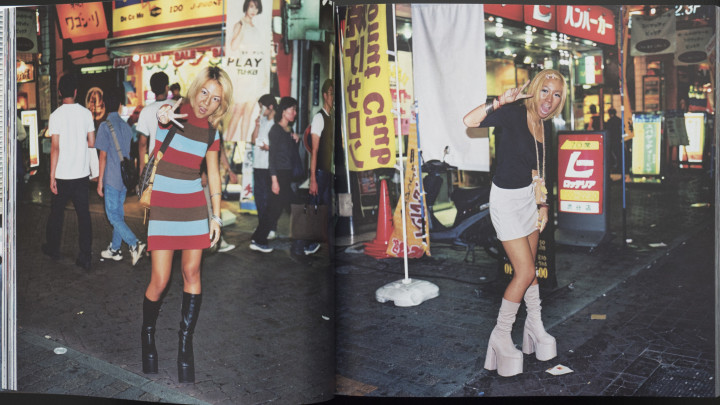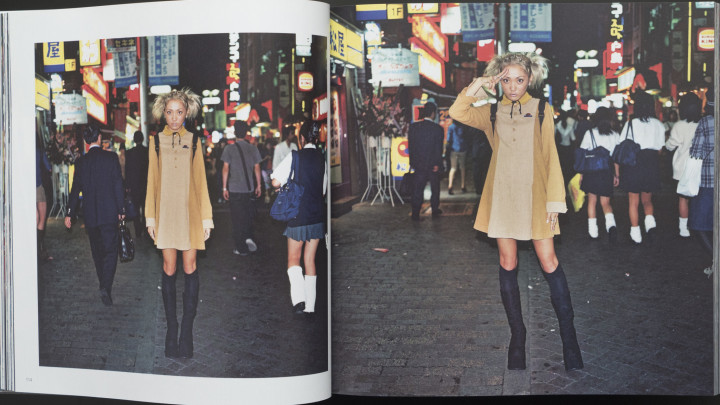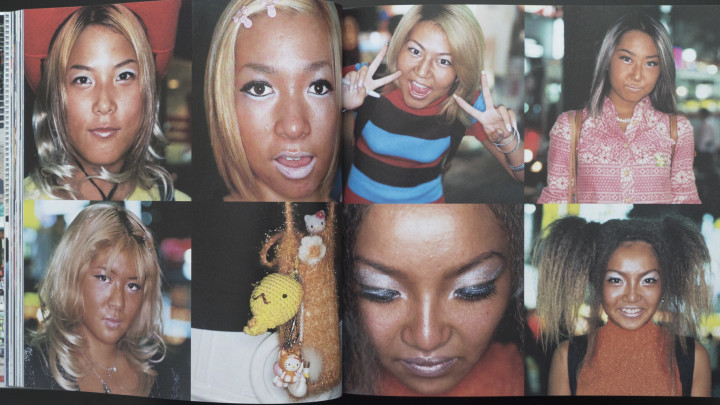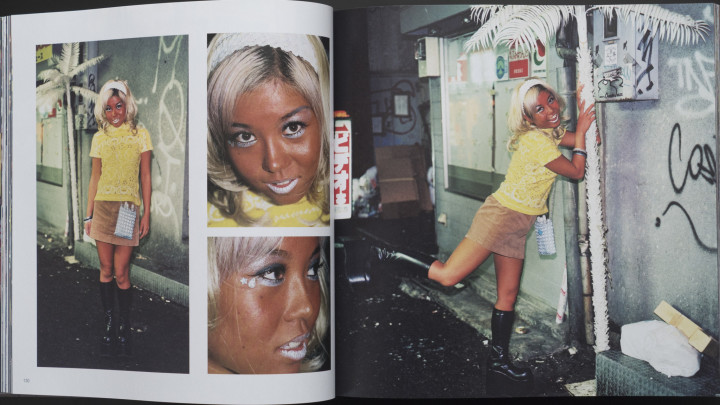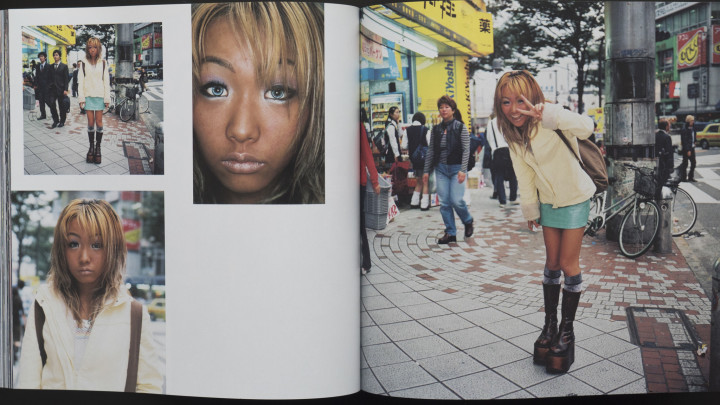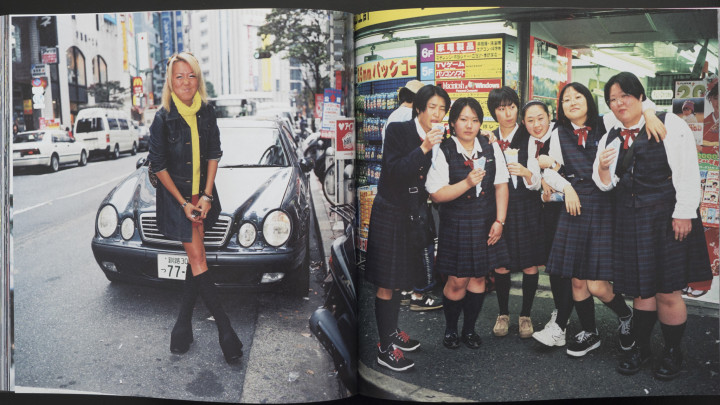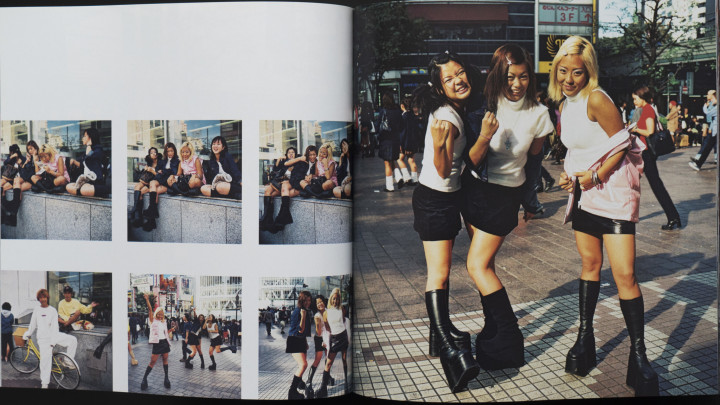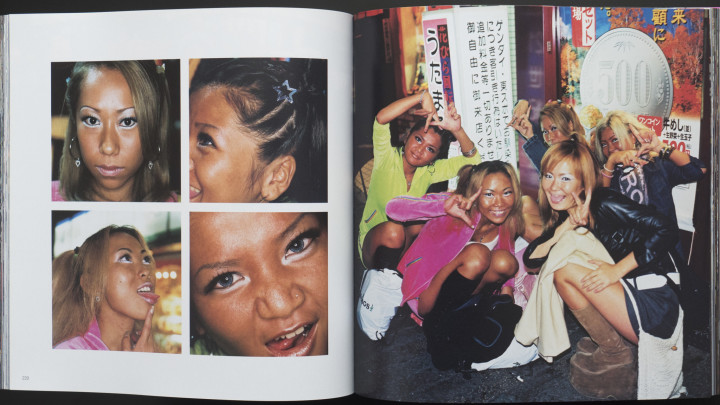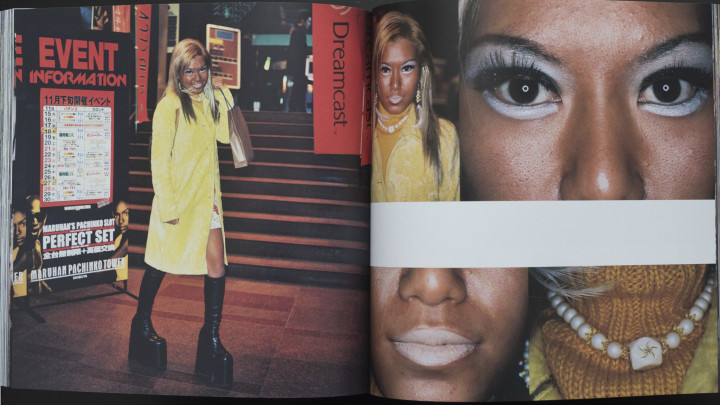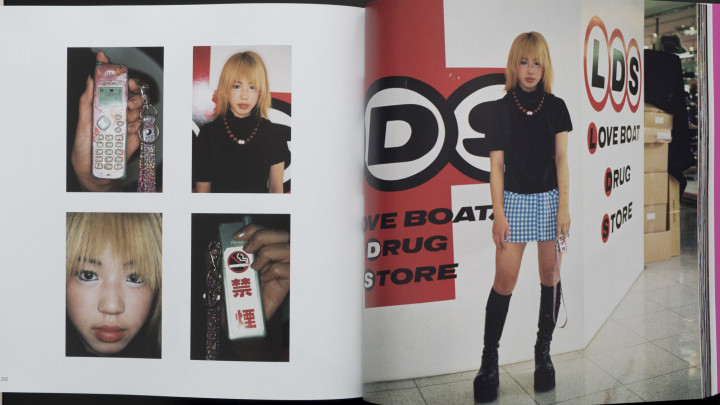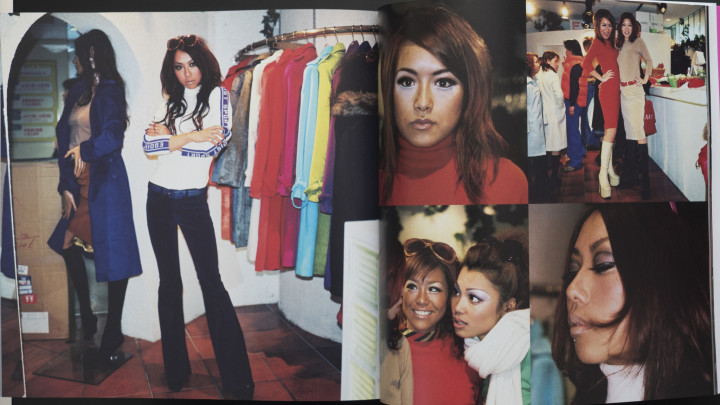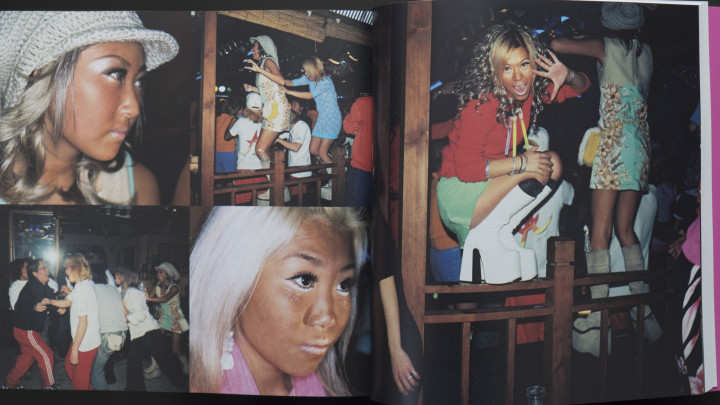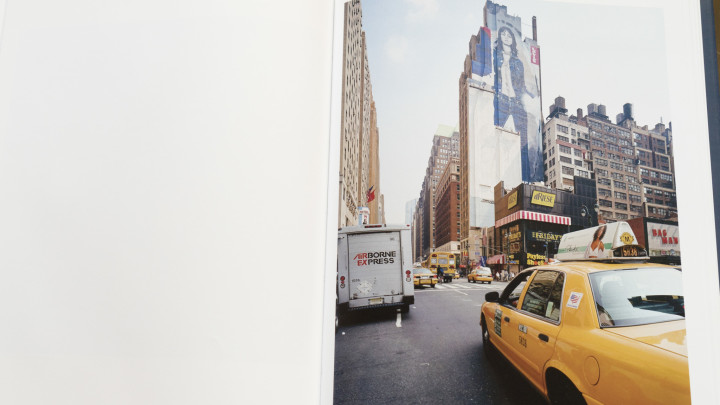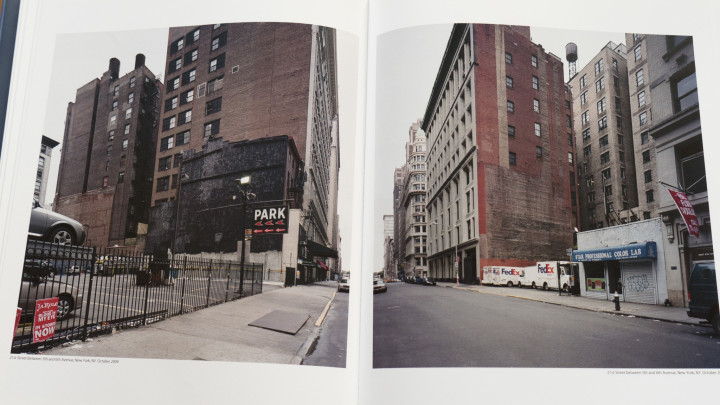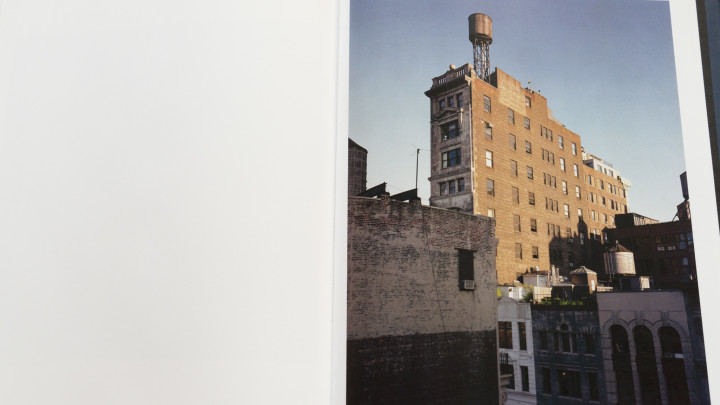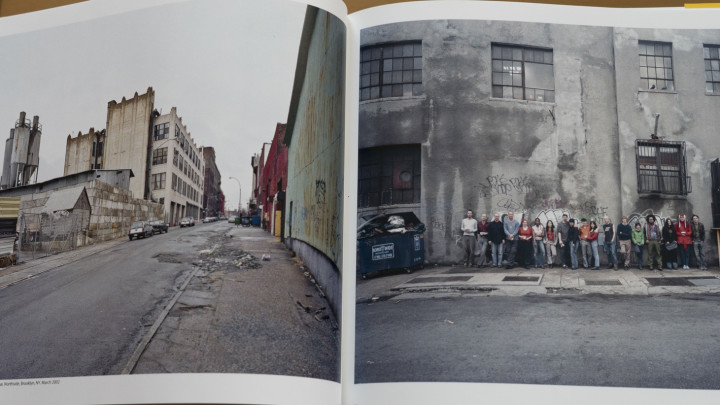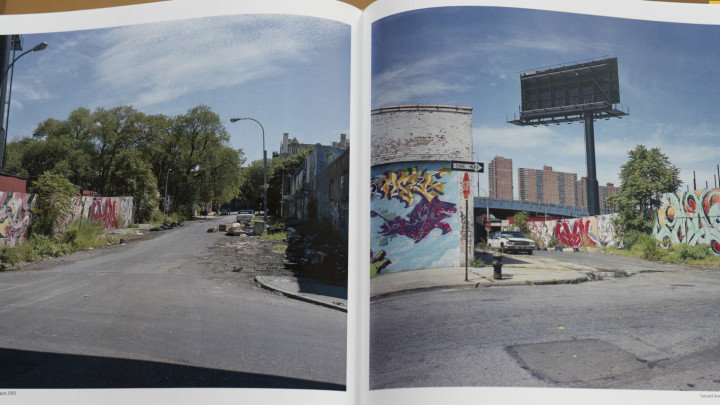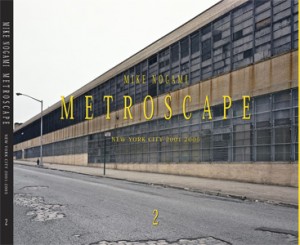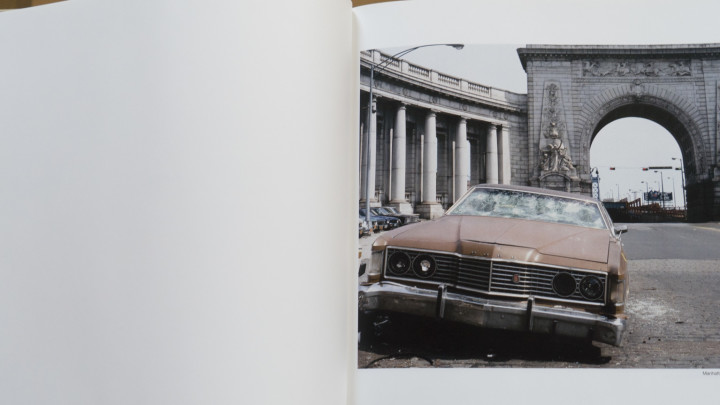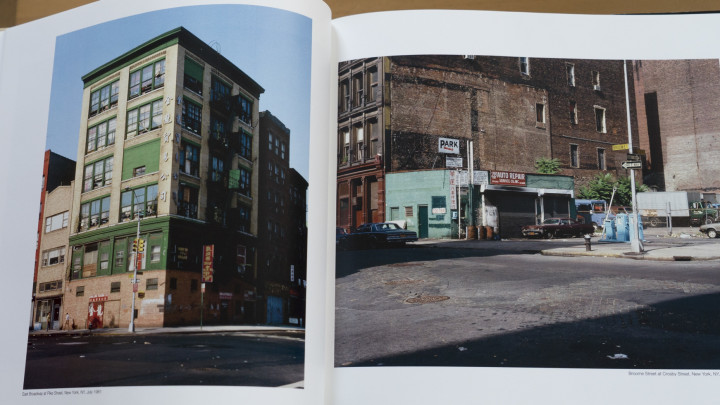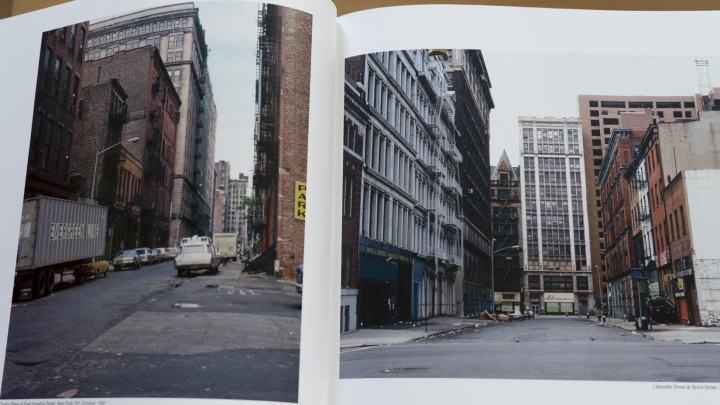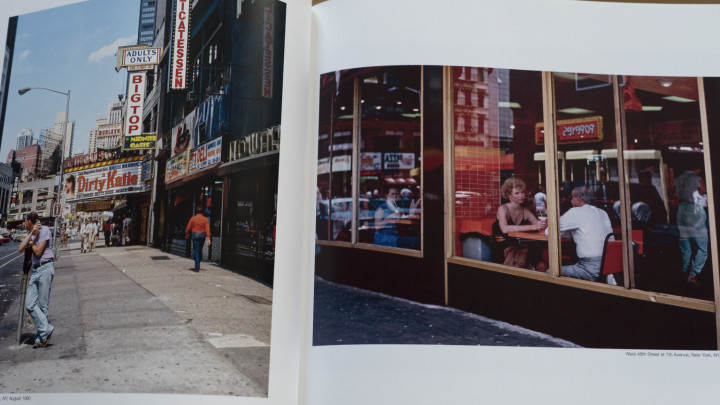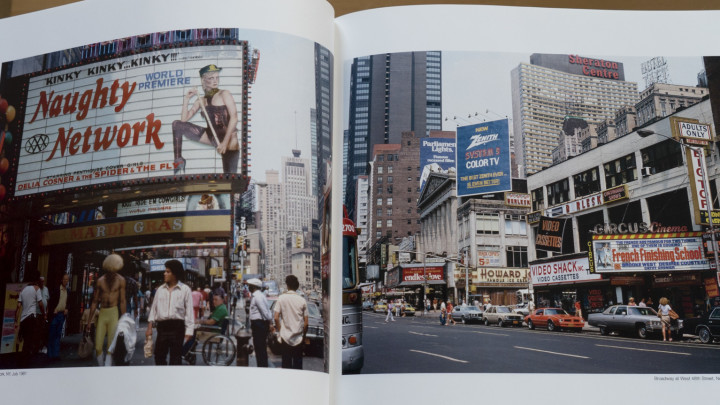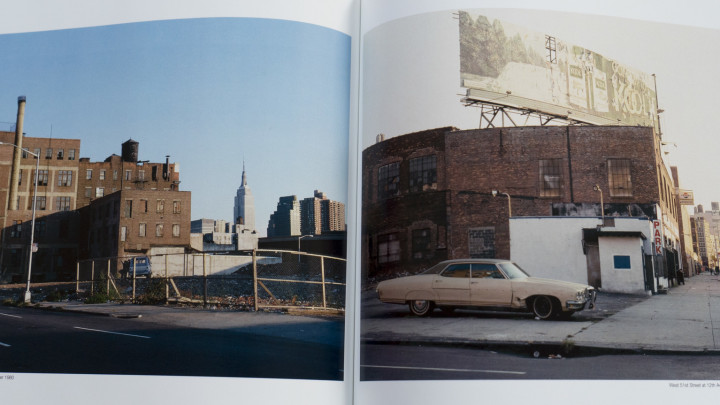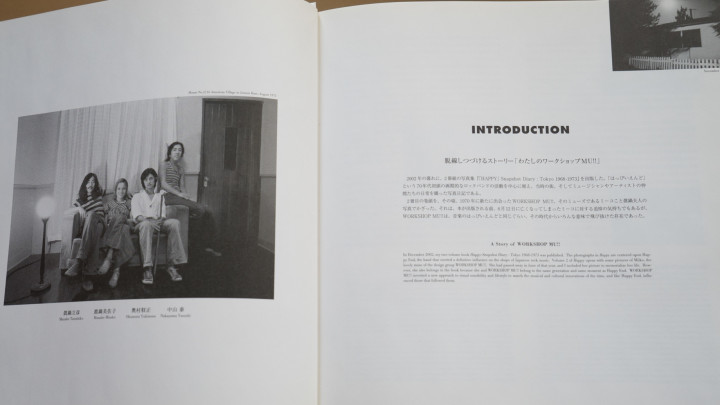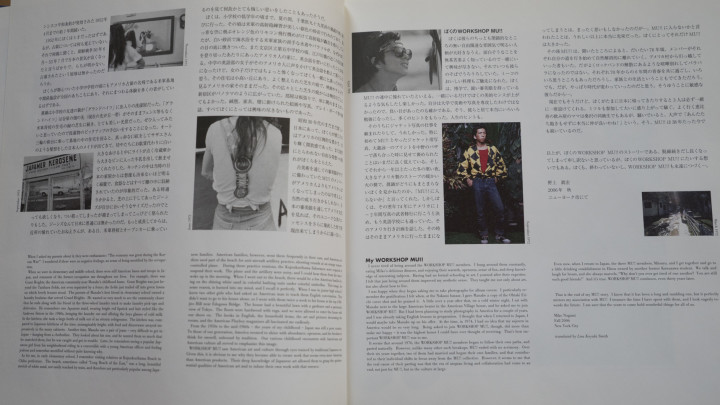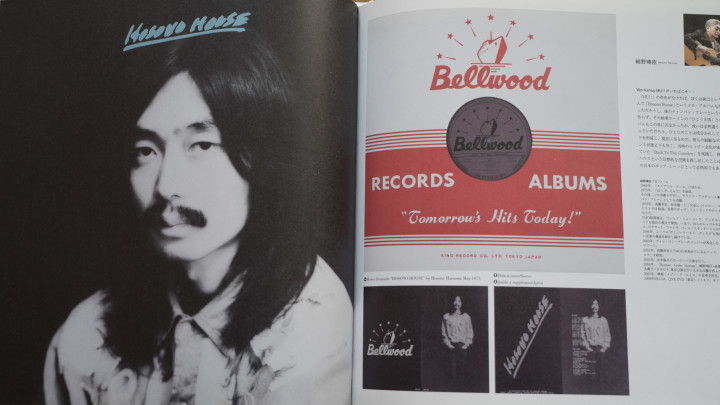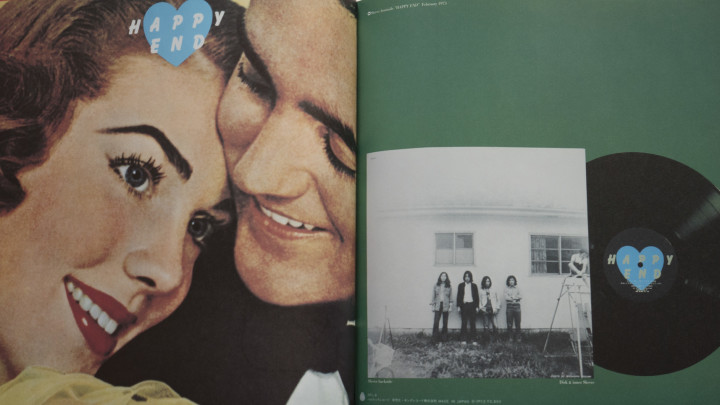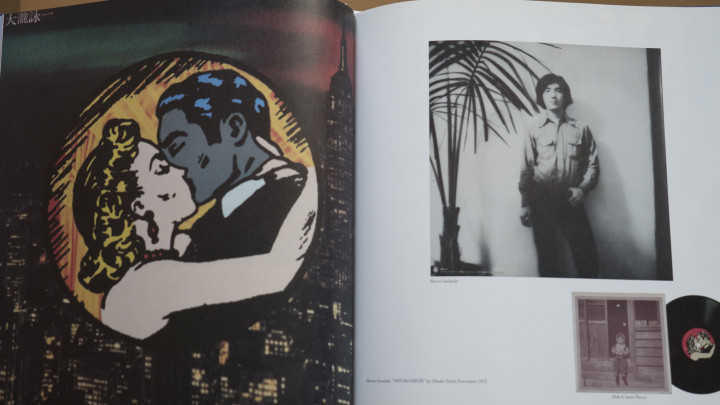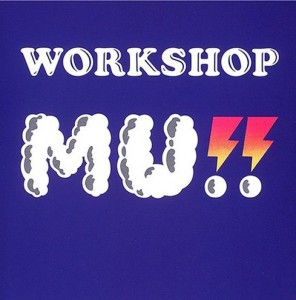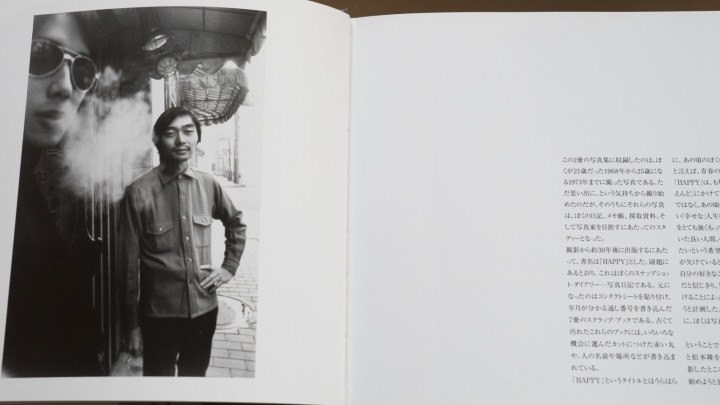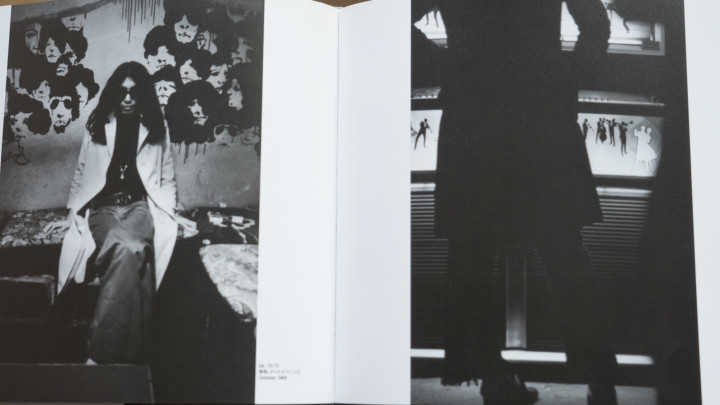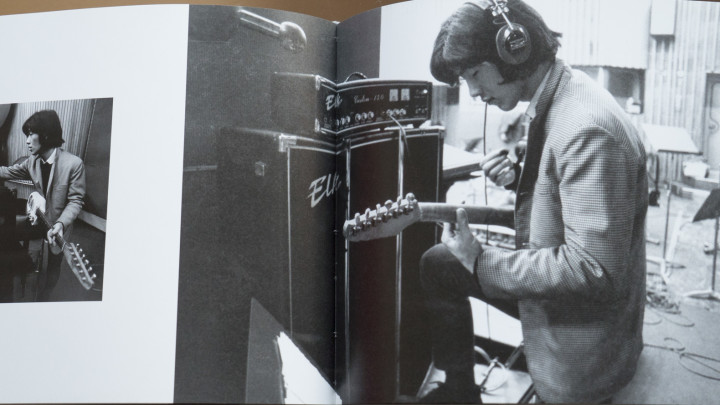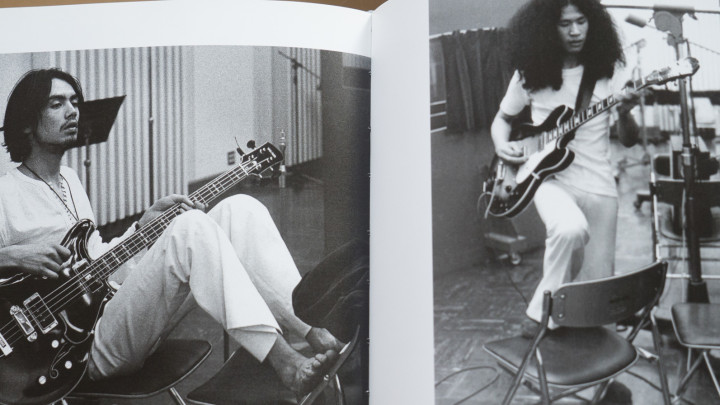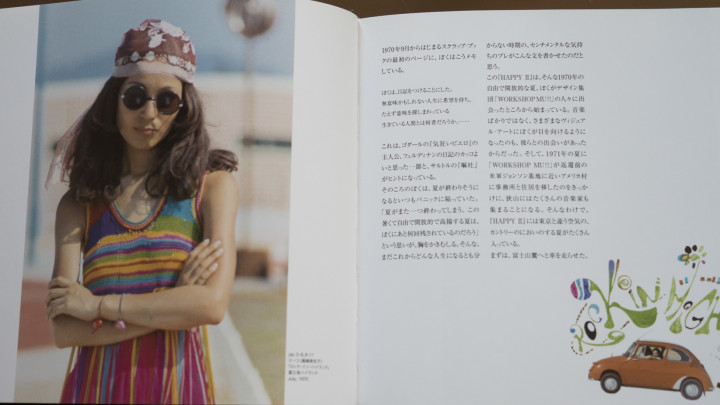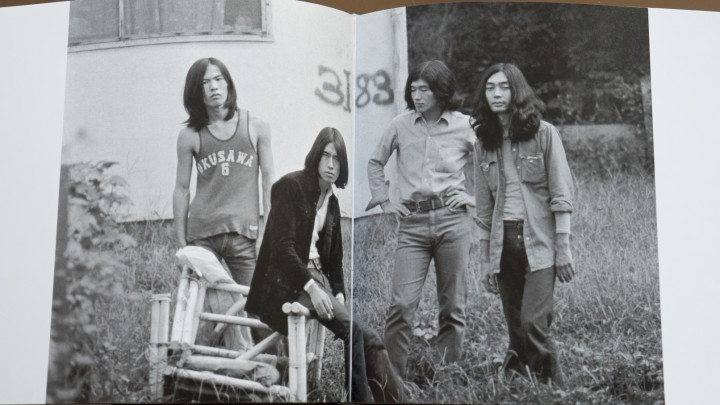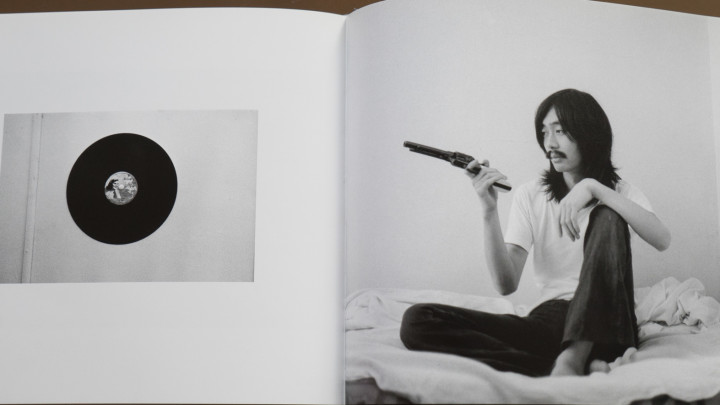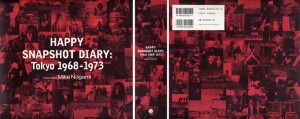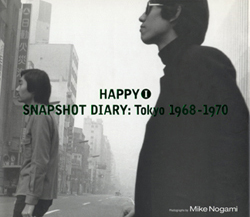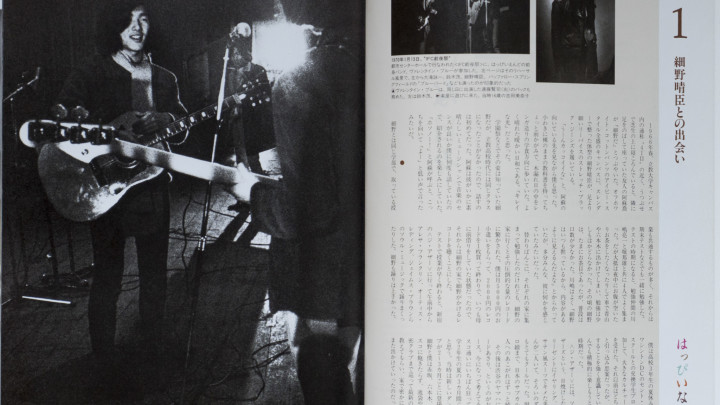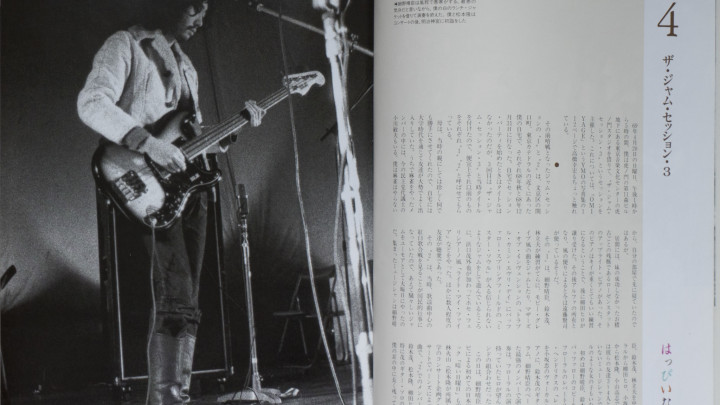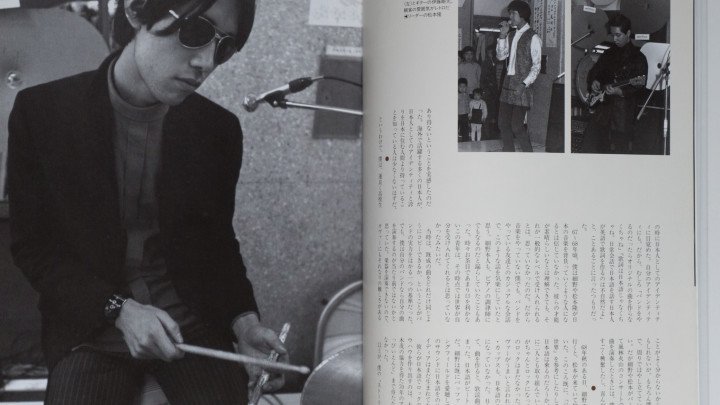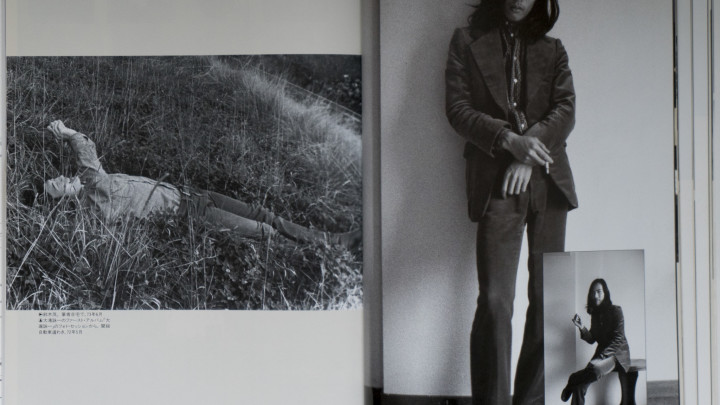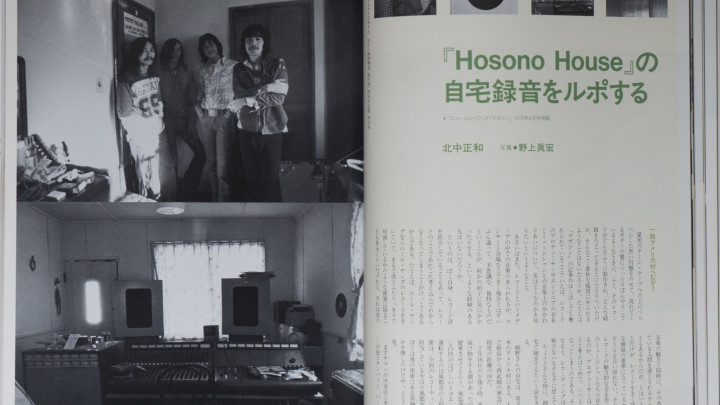-
0
We are apologize for the inconvenience but you need to download
more modern browser in order to be able to browse our page
8月 15, 2022
Book: STUDY OF AMERICANA 1978
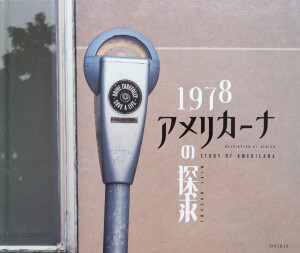
Attractive scenes from the suburbs of Washington, D.C., in 1978 have been compiled into a photobook 45 years after the shooting. Nogami, a photographer who was 31 years old at the time of shoot, describes his Study of Americana as “a visual exploration of my American-ness.” Every weekend, he drove his Honda Civic to places not far from his home in Arlington for shooting. An entire area along Route One, from Baltimore in Maryland in the north to Richmond in Virginia in the south, became the location for his photographic series, Study of Americana. What caught Nogami’s eye and attracted his attention was not a special event, rather the charm of mediocrity. It was the cool America-ness of being on the outskirts of a city that has been left behind. He discovered a fascination with the region and captured scenes that showed that they had aged along with the people there?a clothing store, barbershop, and liquor store that quietly operated in the streets of small cities with low-rise buildings; a small movie theater with its art deco architecture; supermarkets, gas stations, and diners that everyone would drive to and drop in on a daily basis; and the signs, billboards and parking meters found on the street.
83 color plates
120 pages, 252 x 279 mm, hardcover
Texts (Japanese and English)
“Real Things from a Dream” by Stuart Munro
“Capturing the Scenes Now from the Future” by Mike Nogami
“Bibliographical Timeline” by Mike Nogami
Published August 15, 2022 by OSIRIS Co., Ltd.
Buy@shashasha 写々者 for international shipping
Buy@Amazon JP
8月 5, 2021
Book: YUDEMEN ゆでめん

The birth of Happy End’s debut album, a historical masterpiece of Japanese music
Mike Nogami’s photobook “Yudemen” is a record of the birth of one of the most important postwar masterpieces in Japanese music – Happy End’s self-titled debut album (often nicknamed “Yudemen”).
Nogami, who became friends with Happy End (and later Yellow Magic Orchestra) member Haruomi Hosono at university, was able to photograph the recording sessions in the spacious Aoi Studio in Tokyo on April 10 and 11, 1970. Presented with captions that point out details and add invaluable context, Nogami’s images follow band members Shigeru Suzuki, Takashi Matsumoto, Eiichi Ohtaki, Haruomi Hosono and the engineers at the studio as they created a kind of sound that had not previously been unknown in Japan. In addition to the studio session, “Yudemen” photo sessions with individual band members (such as Haruomo Hosono at home) and a Happy End gig in front of the Shibuya Seibu building in May 1970. Between chapters, Nogami offers his own perspective of the band’s coming-into-being. The book concludes with an interview with Happy End member Shigeru Suzuki, who also supervised the creation of this book.
All texts included in Japanese and English translation.
164pages, 236 × 247mm, hardcover
Essays(Japanese and English)
Published August 5, 2021 by Music Magazine Inc
ISBN978-4-943959-35-9
Buy@shashasha 写々者 for international shipping
6月 1, 2018
Book: BLUE Tokyo 1968 – 1972
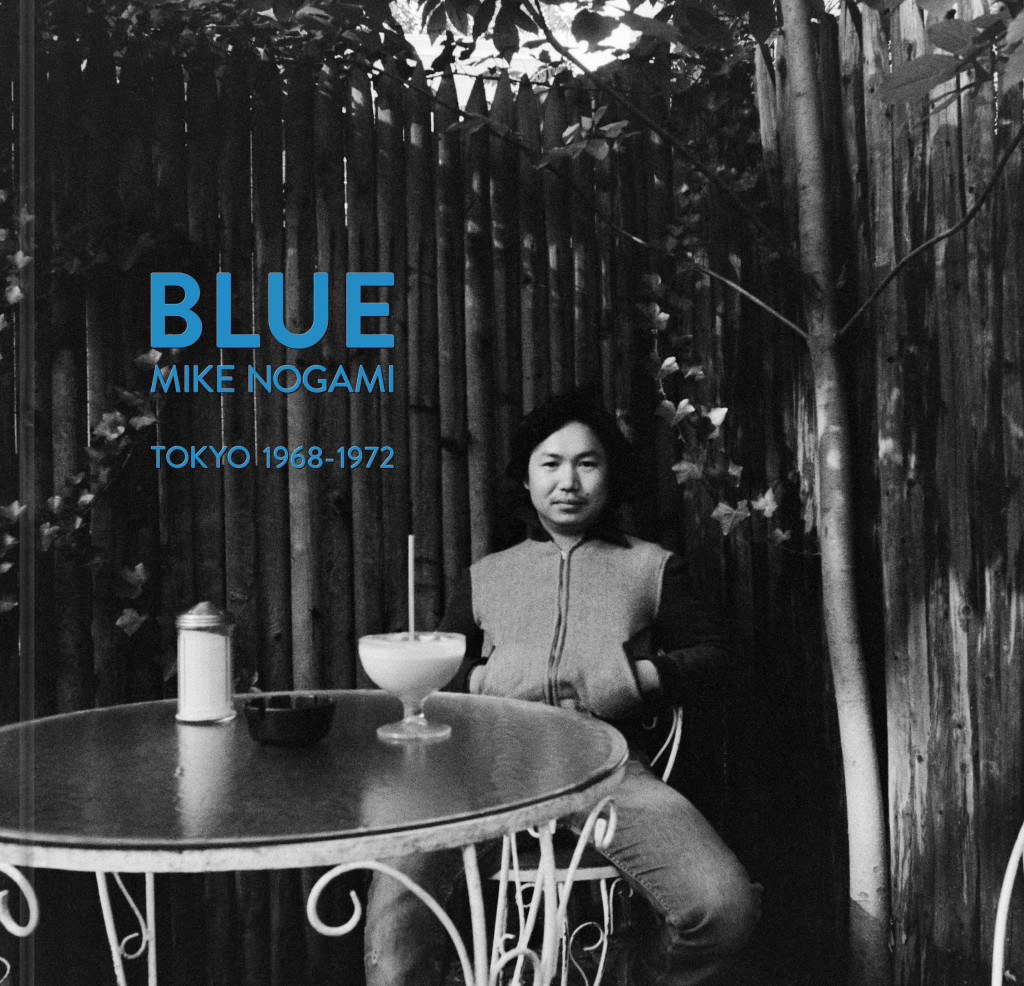
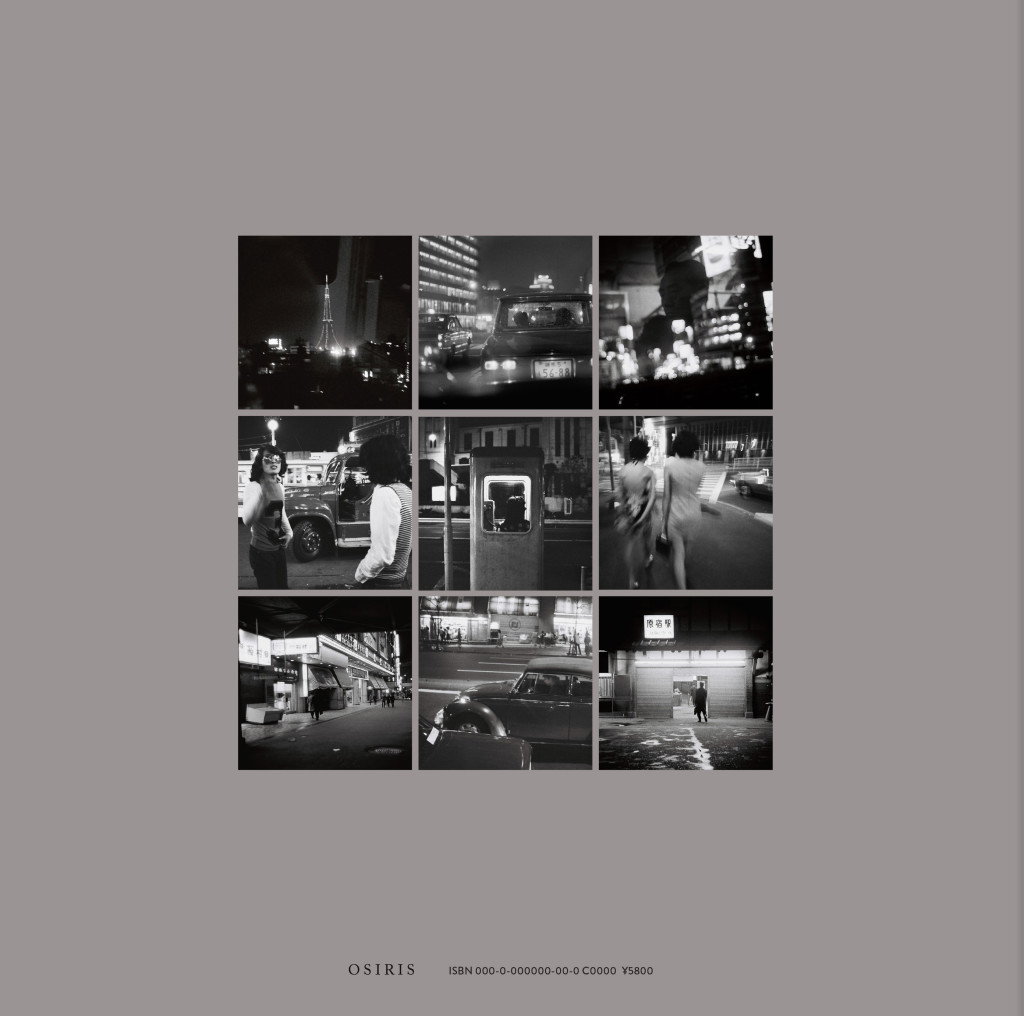 Hanging out with his fellow Rikkyō University classmate Haruomi Hosono, Mike Nogomi privately photographed the members of ‘Happy End’ and other musicians at their live concerts, studio recordings, and backstage, all of whom would go on to become important figures for the Japanese music scene. Being there by way of his connection with Hosono, Nogami was frequently capturing people yet to enter the spotlight and has preserved this period as a document of extreme value.
Hanging out with his fellow Rikkyō University classmate Haruomi Hosono, Mike Nogomi privately photographed the members of ‘Happy End’ and other musicians at their live concerts, studio recordings, and backstage, all of whom would go on to become important figures for the Japanese music scene. Being there by way of his connection with Hosono, Nogami was frequently capturing people yet to enter the spotlight and has preserved this period as a document of extreme value.
187 black and white plates
204 pages, 230 x 240 mm, hardcover
Essays (Japanese and English)
– “Loud Photographs, Quiet Photographs” by Michael K. Bourdaghs
– “Afterword” by Mike Nogami
Published by Osiris Co., Ltd.
Buy@shashasha 写々者 for international shipping
2月 10, 2016
Book: SHIBUYA 1999
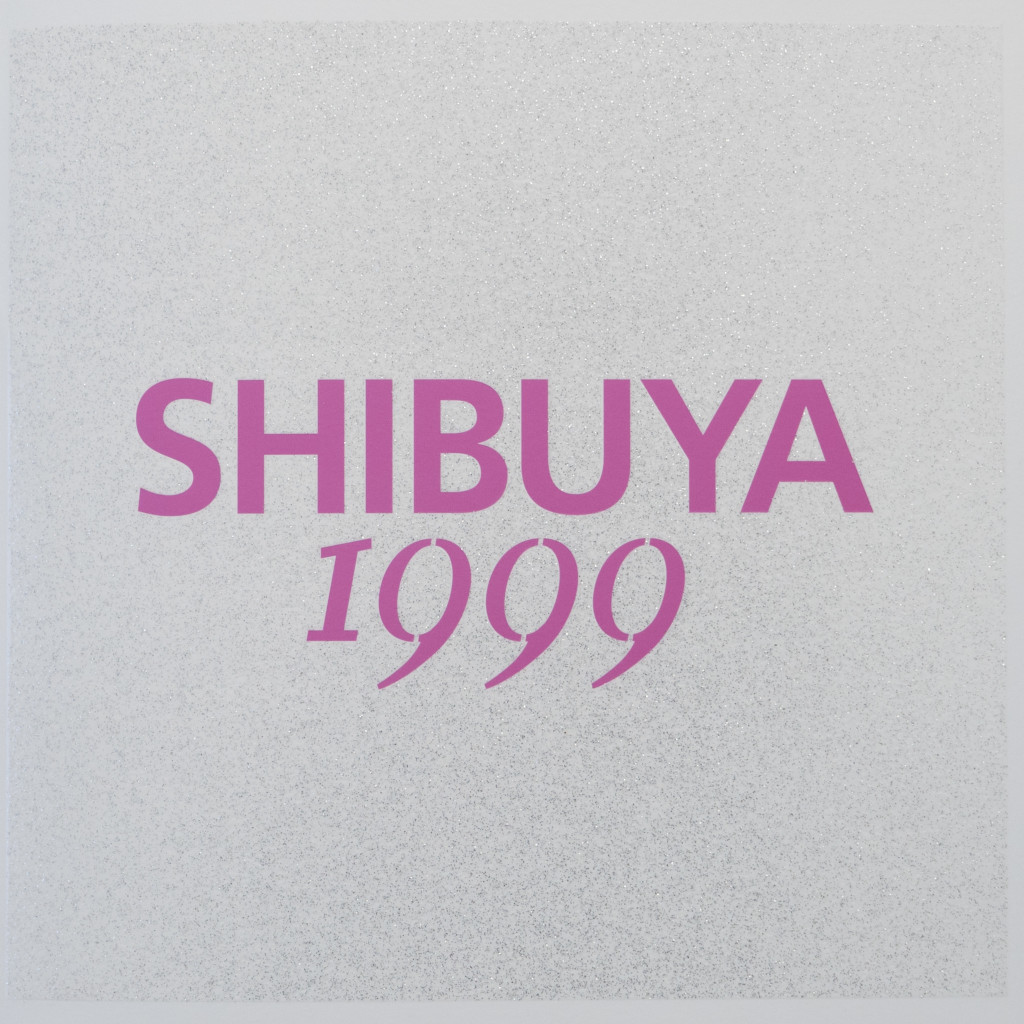

Gal culture flourished in Shibuya at the end of 20th century. In the late 1990s, young girls filled Shibuya’s Centre Gai Street and began reating a unique cultural movement that would eventually spread throughout Japan. People came from all over the country to gather in Shibuya, having long dreamt of dressing themselves in the latest outfits from Shibuya 109. This book presents the vivid scenes that unfolded in Shibuya in 1999.
Photographs by CLOWN (Mike Nogami+Masami Takahashi)
Buy@shashasha 写々者 for international shipping
11月 5, 2014
iPad “Mike Nogami’s SNAPSHOT DIARY”
iPad photo collection application.
Include more than 4000 photos from 1953 to 1999, mostry from early 1970’s, a lot of text and audio commentaries with special guests. Include documentation of the infamous HAPPY END band in early 1970’s.
Text in English and Japanese.
iPad only.
This App is available from iTune store.
iTune StoreFrom Japan Times on December 5, 2014
Japan Times Review
5月 13, 2012
Book: Metroscape Vol. 1 and 2
New York City 2001-2005 (Book 1 & Book 2)
2012, Self Published Limited Edition of 30 sets of books.
Total 137 photographs.
Buy@shashasha 写々者
12月 13, 2011
Book: When New York Was Sexier
2012, Self Published Limited Edition of 30 books.
97 photographs; text in English
Photographs from 1980-1982 using medium format cameras.
These photographs are of the New York of the 1960s and 1970s, a world that was disappearing quickly. The cars were gorgeous, the neon was bewitching, and the city was a little dangerous, which only made it sexier.
10月 12, 2006
Book: WORKSHOP MU!!
2006, Shufu no Tomo Sha
144 pages; text in English and Japanese
A retrospective of the work of the legendary design group WORKSHOP MU!!, (Yasushi Nakayama, Yukimasa Okumura, and the leader, Tatsuhiko Manabe) active in Japan from 1970-1976. WORKSHOP MU!! invented a new approach to visual sensibility and lifestyle to match the aesthetic and cultural innovations of the time. Mike Nogami, who worked with WORKSHOP MU!!, wrote the forward, and the majority of the photographs in the book (both of WORKSHOP MU!! and in their designs) are his.
Buy@AmazonJP
12月 12, 2002
Book: “HAPPY” Snapshot Diary Tokyo 1968-1973
(Volume 1 & Volume 2)
2002, Blues Interaction
463 photographs; text in Japanese.
A rare and precise documentary of Japanese pop culture in the late 1960s and early 1970s. As the title suggests, this is a collection of images from Mike Nogami’s photographic diary of his life in Tokyo during that era. The focus of the collection is Nogami’s friends’ rock band, the now-legendary Happy End. In addition to documenting the social milieu and Nogami’s personal life, the photographs trace the evolution of Happy End, from its first incarnation as Apryl Fool to the end of the band and the beginnings of the group members’ solo careers.
Buy@AmazonJP
7月 12, 2000
Book: Happy na Hibi
2000, Music Magazin Sha
156 pages; text in Japanese
The Story of a ground braking rock band called Happy End (1970-1972) in Japan with text and photographs by Mike Nogami.
Buy@AmazonJP





